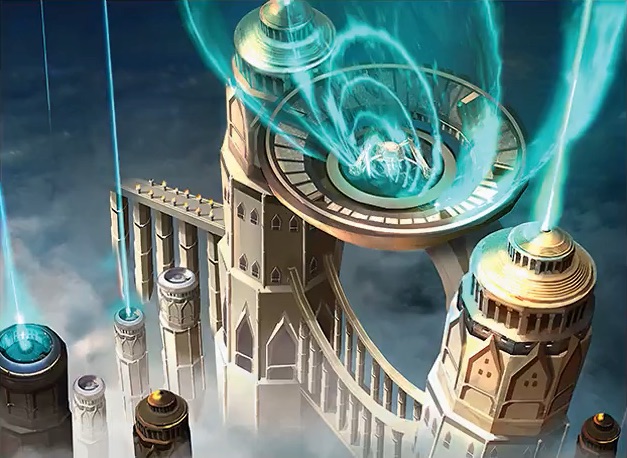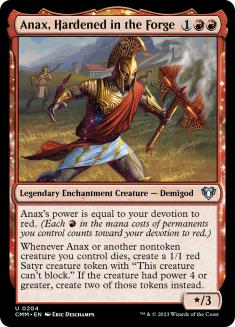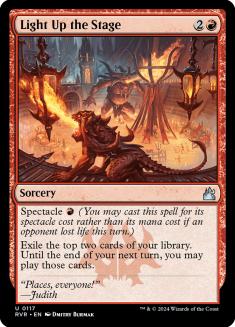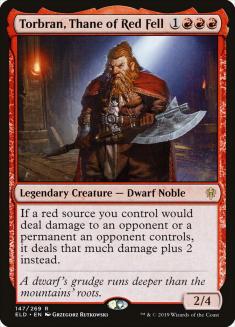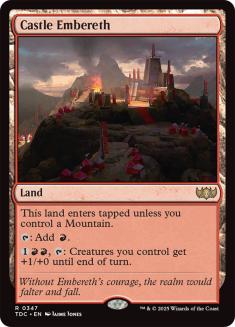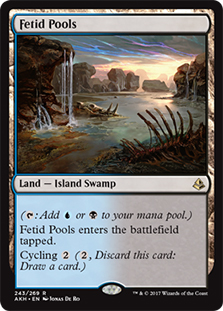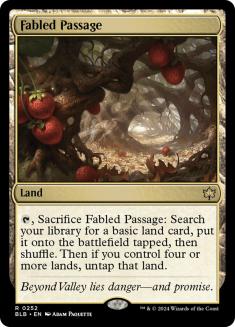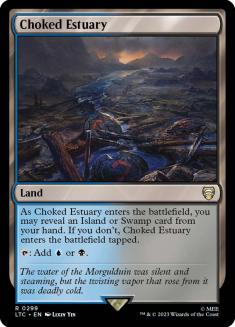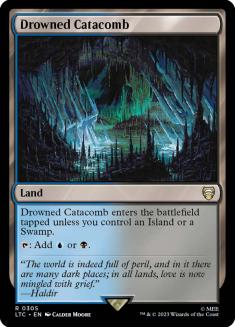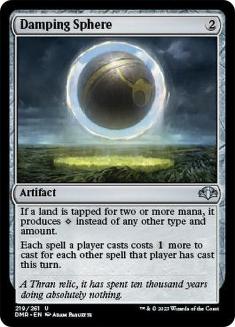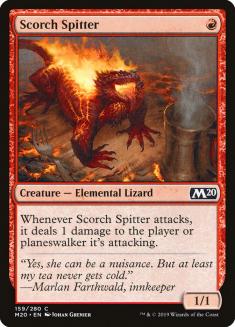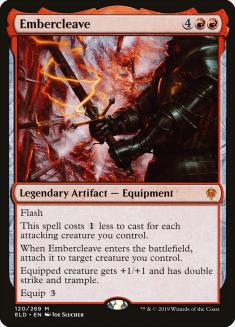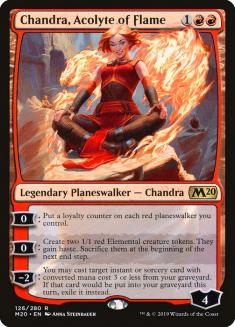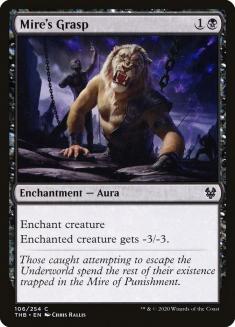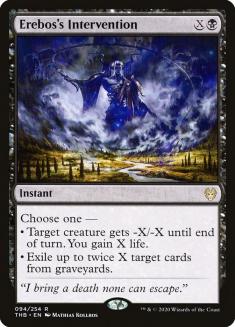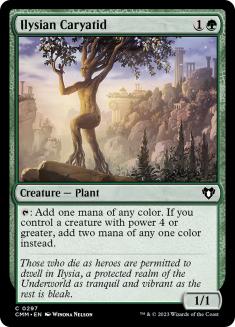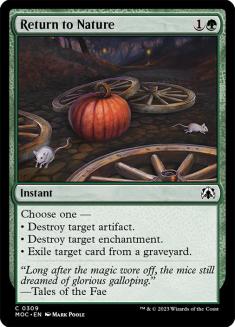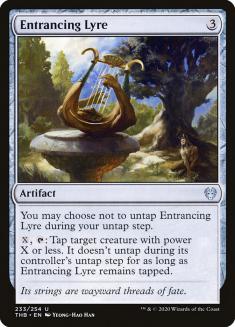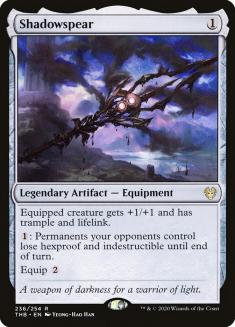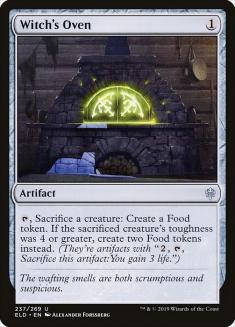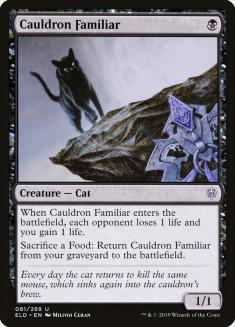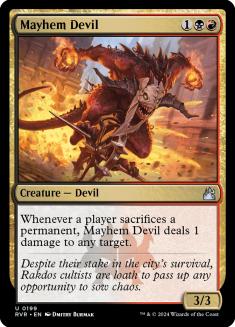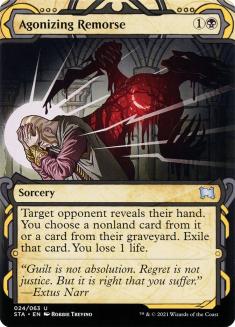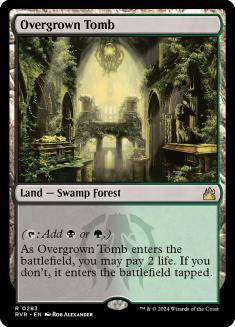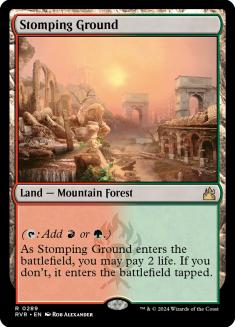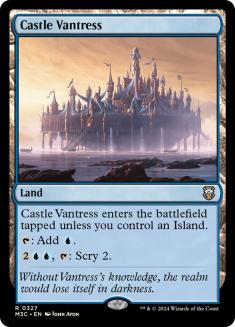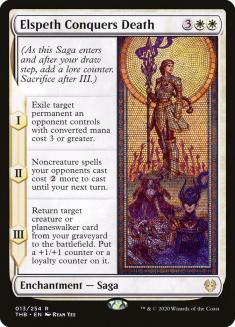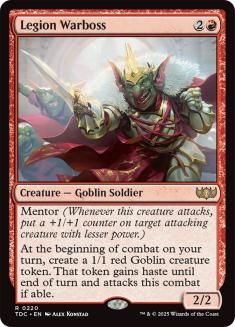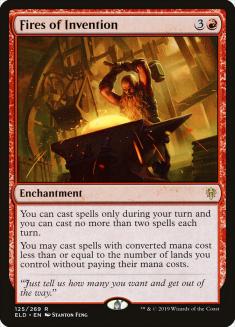A while ago, I asked Twitter for interesting game play scenarios for me to analyze. Today, I’m going to talk about the most interesting ones I got, as well as some that I saw at World Championship XXVI and thought were worth talking about. The way this works is I present you a scenario and then there’s a poll – you can vote for your preferred choice, compare it to your fellow voters, and then read my answer. Most of the situations will be keep-or-mulligan, but there are some gameplay scenarios.
Situation 1
You’re playing Mono-Red Aggro in Theros Beyond Death Standard and you’re on the draw in Game 1 against the version of Azorius Control I used at World Championship XXVI. This is your opening hand:
Situation 2
You’re playing Dimir Inverter in Pioneer against Lotus Breach. It’s Game 3 and you’re on the draw. Your hand is:
Situation 3
You’re playing Azorius Control in Theros Beyond Death Standard versus Jeskai Fires. It’s Game 1 and you’re on the draw. Your opponent scryed twice with Sphinx of Foresight (keeping one card and then two cards), and this is your hand:
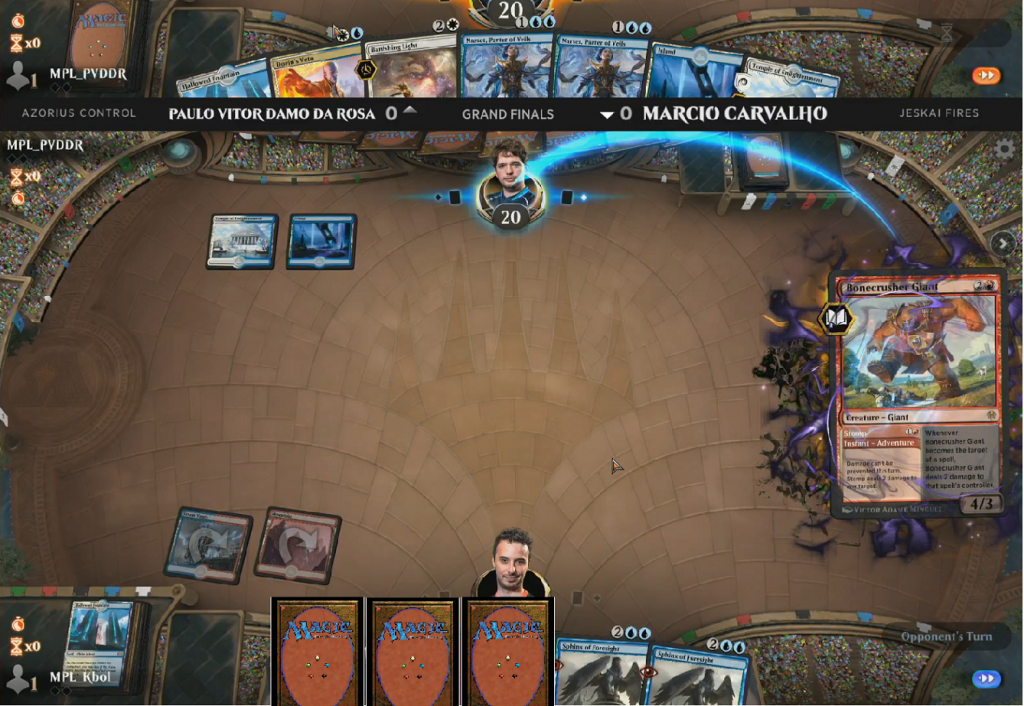
At the end of your Turn 2, they cast Stomp. Do you Dovin’s Veto it?
Situation 4
You’re playing Mono-Red Aggro in Theros Beyond Death Standard versus Jeskai Fires. It’s Game 2 and you’re on the play. Your opening hand is:
Situation 5
You’re playing Theros Beyond Death Sealed. This is your deck (apologies for the image quality but it’s just to give you an idea what you’re working with – it’s fine if not every card is clear):
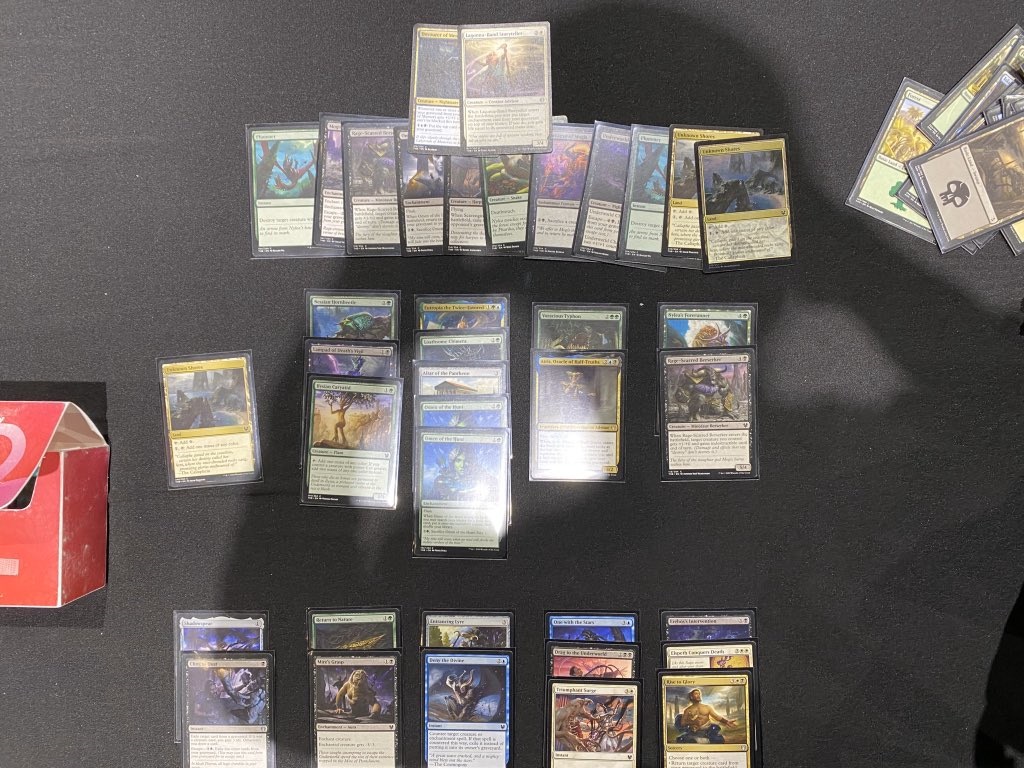
You’re on the draw in Game 3 against an aggressive Rakdos deck. Your hand is:
Your deck has eight Forests and one Unknown Shores.
Situation 6
You’re playing Jund Sacrifice in Theros Beyond Death Standard against Temur Reclamation. It’s Game 1 and you’re on the play. You mulligan to five, and this is your opening hand:
Situation 7
You’re playing the same matchup (Jund Sacrifice versus Temur Reclamation). This is the situation you find yourself in:
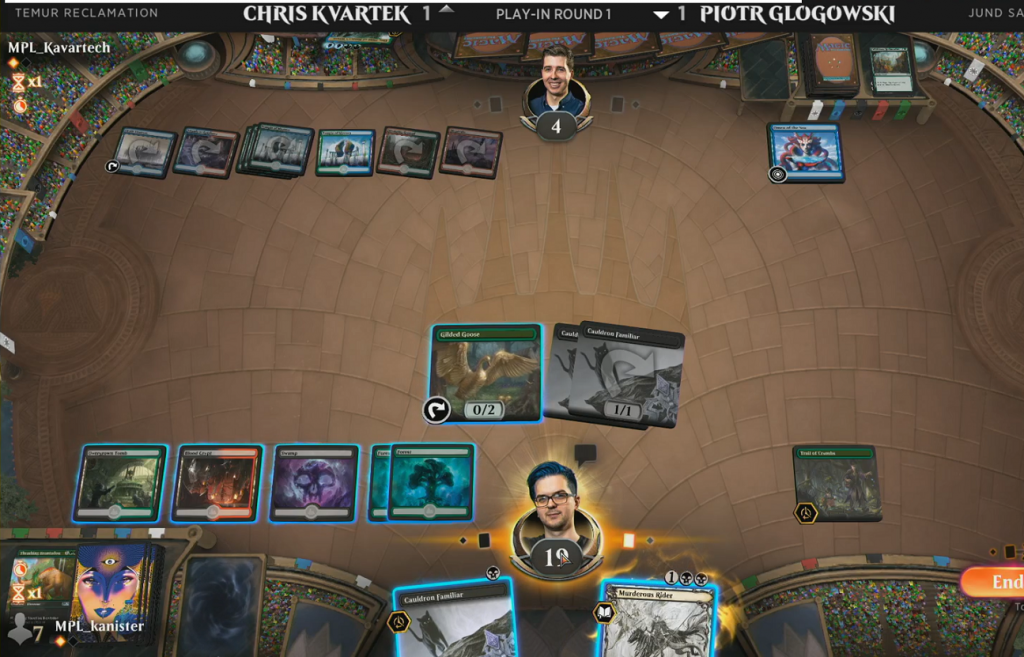
You’ve already attacked and need to decide what to do this turn. Keep in mind your opponent has Uro, Titan of Nature’s Wrath in the graveyard, and more than five cards, so they can cast it next turn.
Situation 8
You’re playing Jeskai Fires in Throne of Eldraine Standard versus Azorius Control. It’s Game 2 and you’re on the play. Your opening hand is:
Trust The Process
In the end, there’s no guarantee that I’m right – this is merely what I would do and my reasoning for doing it, but several of the best players in the world have diverging opinions on these plays, so ultimately the thought process behind the decision is a lot more important than the correct answer. Hopefully, even if I haven’t managed to convince you of my line, analyzing the thought process in these situations was still useful.

